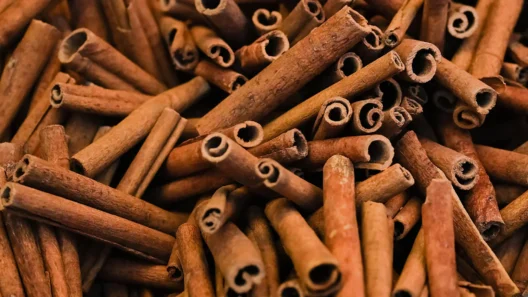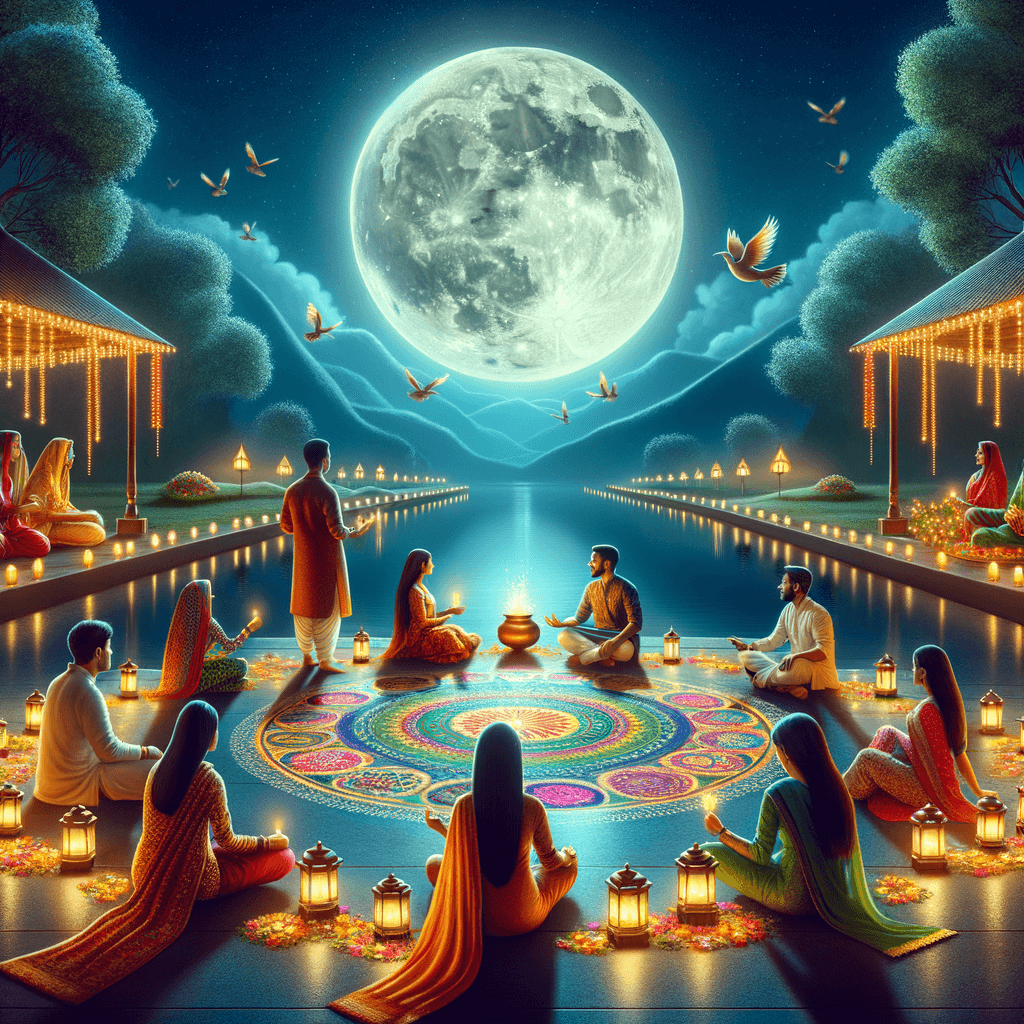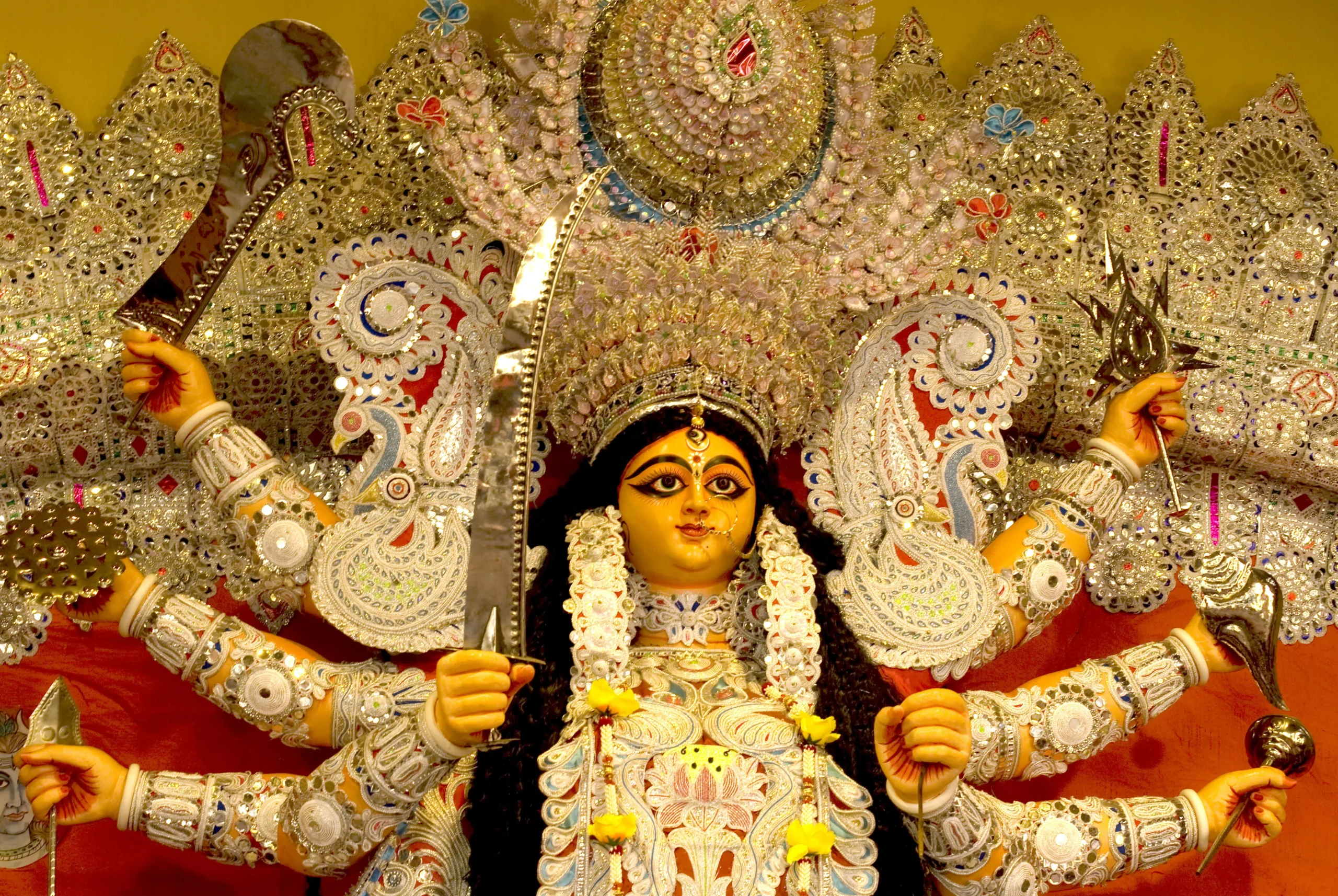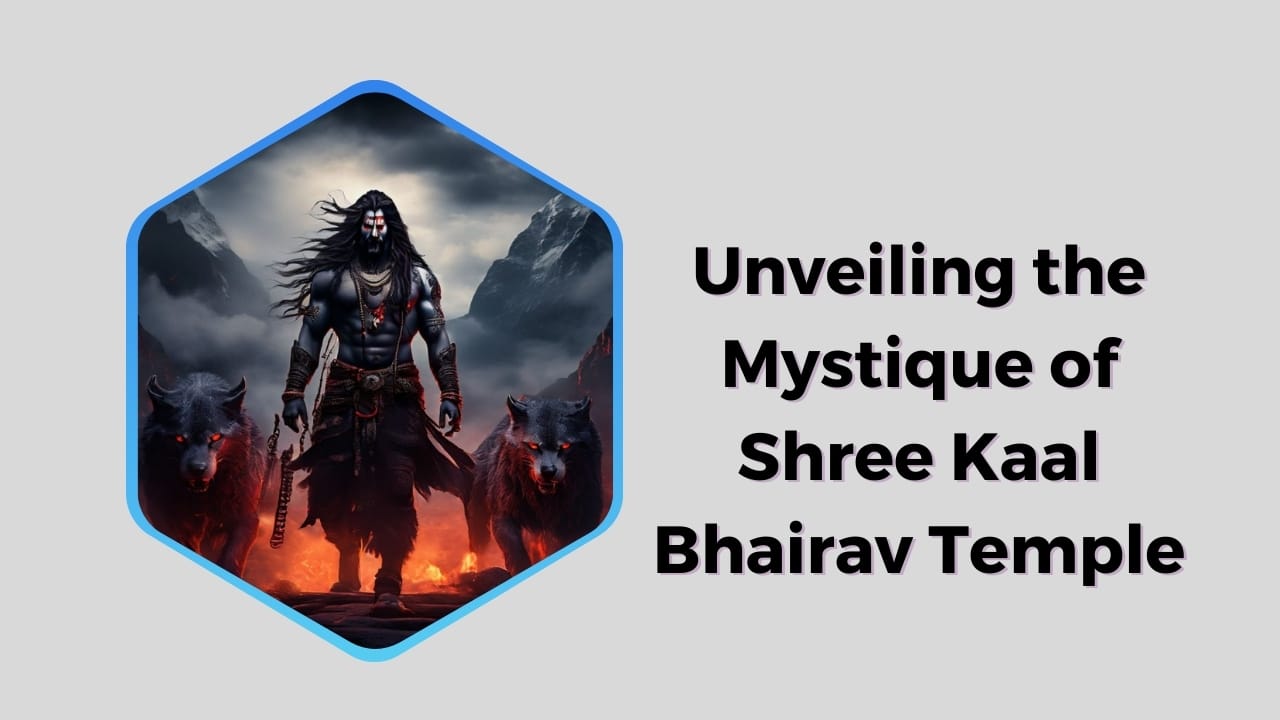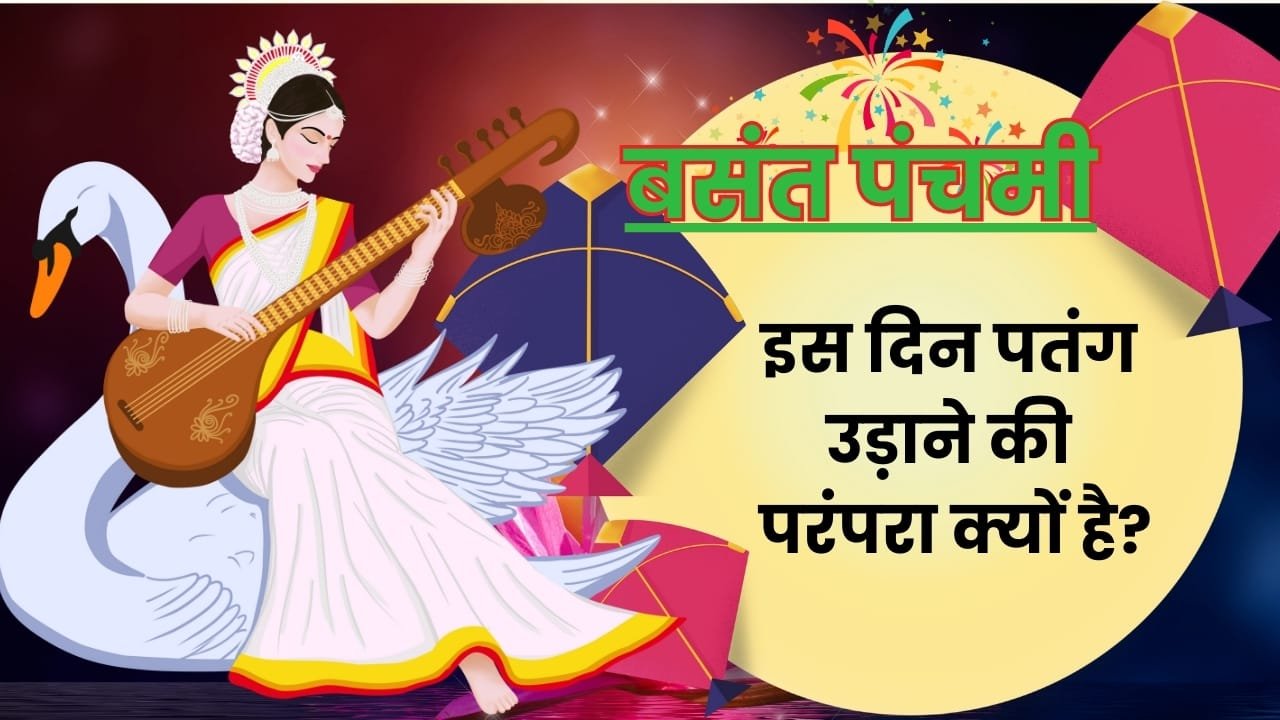Introduction to Sharad Purnima
Sharad Purnima, also known as Kojagari Purnima, is a significant Hindu festival celebrated on the full moon day in the month of Ashwin (September-October) of the Hindu lunisolar calendar. This auspicious day marks the harvest festival and is cherished for its spiritual and cultural significance.
One of the most enchanting aspects of Sharad Purnima is the belief that on this night, the moon is infused with divine nectar, radiating an exceptionally soothing and cool light. Devotees believe that bathing in this divine moonlight brings spiritual purification and physical healing, infusing the body and soul with positive energy.
During this festival, various rituals and ceremonies are performed to honour the moon and seek blessings. The celebrations are replete with devotional songs, traditional dances, and sumptuous feasts to mark the joyous occasion. It is also a time for family and community gatherings, fostering unity, and strengthening social bonds.
Historical Significance of Sharad Purnima
The historical significance of Sharad Purnima is deeply rooted in Hindu mythology and ancient scriptures. According to the sacred texts, it is believed that on this night, Lord Krishna performed the divine dance called the ‘Raas Leela’ with Radha and other Gopis in Vrindavan. This celestial dance is a symbol of pure love, unity, and spiritual bliss.
Furthermore, the folklore associated with Sharad Purnima emphasizes the importance of offering ‘kheer’ (sweet rice pudding) to the moon. It is believed that the moonlight falling on the kheer enriches it with medicinal properties, making it a potent elixir. This tradition underscores the medicinal and rejuvenating properties of the moonlight, connecting it to overall well-being and prosperity.
The Mythology Behind Sharad Purnima
Sharad Purnima, also known as Kojagari Purnima, holds a special place in Indian mythology. It falls in the Hindu month of Ashwin, marking the harvest season. According to ancient scriptures, this full moon night is believed to be the most divine. Legends abound, celebrating the night when the moon shines exceptionally bright.
One of the most revered stories revolves around Lord Krishna. It is said that on Sharad Purnima, he performed the famous Raas Leela with his beloved Gopis. The moonlight is believed to have witnessed this transcendental dance, which symbolizes divine love and bliss. The moon, in this context, is not just a celestial body; it becomes a witness to pure devotion.
Additionally, Sharad Purnima is connected to Goddess Lakshmi, the deity of wealth and prosperity. It is said that she bestows her blessings upon those who celebrate this festival with devotion. Therefore, this night is considered auspicious for various religious observances.
Mythological accounts also depict the arrival of Goddess Lakshmi on this night. People believe that she roams the earth, asking, “Is anyone awake?” Devotees often stay vigilant and engage in worship, anticipating her heavenly presence. Mucche, a special dish made of milk and rice, is prepared and left outside as an offering, reinforcing faith and devotion.
Thus, the mythology surrounding Sharad Purnima enriches its appeal. It is more than just a festival; it is an invitation to connect with divine energies. Those who participate in its festivities often find themselves immersed in the profound wisdom embedded in these ancient tales.
Spiritual Practices and Rituals for the Festival
The spiritual essence of Sharad Purnima unfolds through various rituals and practices designed to connect individuals with the divine. Devotees often begin their celebrations by taking a sacred bath during the early hours of the day. This act symbolizes the cleansing of the soul and brings with it a sense of renewal.
As the evening approaches, families gather to perform puja, invoking the blessings of Lord Krishna and Goddess Lakshmi. A beautifully adorned altar, decorated with flowers and lights, sets the ambiance. Offerings of sweets, particularly the aforementioned mucche, kheer, and fruits are made to please the deities. Lighting diya (lamps) further enhances the festive atmosphere, symbolizing the victory of light over darkness.
Many people engage in the practice of moonlight meditation. It is believed that the rays of the full moon carry healing energies. Sitting outside, under the celestial glow, allows devotees to immerse themselves in its tranquility. This practice not only enhances spiritual awareness but fosters a deep sense of peace within.
Staying awake throughout the night is one of the most cherished customs. This vigil reinforces devotion as individuals chant bhajans and recite prayers. Communities often come together, creating a harmonious environment filled with bhakti (devotion) and joy. Sharing stories about the significance of this day heightens the spiritual vibe.
Additionally, engaging in charitable acts is highly encouraged. Distributing food and clothes to the needy resonates with the spirit of the festival, embodying the essence of compassion and gratitude. Thus, the spiritual practices for Sharad Purnima invite everyone to embrace divine light, fostering an atmosphere of devotion, unity, and love.
The Symbolism of Light in Sharad Purnima
Sharad Purnima, also known as Kojagiri Purnima, holds immense significance in Hindu and Jain traditions. It is celebrated on the full moon day in the month of Ashwin (September-October). One of the key elements of this auspicious day is the symbolism of light. As the full moon graces the night sky, it represents the dispelling of darkness and the prevalence of light.
During Sharad Purnima, it is believed that the moon is endowed with amrit (nectar) and its beams have healing properties. Devotees often spend the night under the moonlight, practicing meditation and performing various rituals. The radiance of the full moon is associated with purity, serenity, and spiritual awakening.
Furthermore, the tradition of consuming boiled milk and rice flakes (kheer) under the moonlight is symbolic of nourishment and prosperity. It is considered auspicious and is believed to bestow blessings upon those who partake in this offering.
Reflections and Contemplations During the Full Moon
On the night of Sharad Purnima, individuals engage in introspection and contemplation, seeking to illuminate their inner selves with the radiance of the full moon. The serene ambiance created by the moonlight fosters a sense of tranquility and encourages self-reflection.
Many people use this occasion to engage in spiritual practices such as meditation, chanting mantras, or reading sacred texts. The full moon’s luminosity is thought to amplify the potency of these activities, facilitating a deeper connection with the divine.
Additionally, devotees often take this opportunity to express gratitude for the blessings in their lives and seek blessings for the future. The tranquil beauty of the full moon serves as a reminder to appreciate the abundance and grace present in our lives.
The Role of Food and Offerings in the Celebration
Sharad Purnima, a revered festival in Indian culture, invites a plethora of rituals and offerings that deepen our connection with the divine. The full moon night is considered sacred and is often associated with various deities, particularly with the harvest moon and Lord Krishna. Devotees prepare special dishes, highlighting the significance of food in this celebration.
The offerings typically include kheer, a sweet rice pudding made with milk, rice, and sugar. Kheer symbolizes abundance and joy, reminding us of the blessings of nature and the importance of gratitude. On Sharad Purnima, it is customary to leave kheer outdoors, allowing it to absorb the moonlight. This practice honors the moon’s celestial energy, believed to enhance the purity and sanctity of the offering.
Fruits, nuts, and other seasonal produce are also integral to the rituals. They represent nourishment and prosperity. Placing these offerings on altars or in sacred spaces serves as a homage to nature’s bounty. Additionally, preparing and sharing food fosters a sense of community and familial bonding, which is emblematic of this festival.
Moreover, sharing these meals with family and friends amplifies the spirit of giving and gratitude. It reflects the cultural essence of Indian traditions, where food is not just sustenance; it’s a way of expressing love and connection. Thus, the food and offerings made during Sharad Purnima serve multiple purposes – they honor the divine, celebrate nature’s abundance, and strengthen relationships among loved ones.
Conclusion: Embracing Divine Light in Daily Life
As the full moon illuminates the night sky on Sharad Purnima, it serves as a reminder of the divine light within us all. Engaging in the rituals of this festival helps us connect with higher energies, guiding our spiritual journey. It teaches us to embrace gratitude and the significance of nature in our lives.
Making offerings and sharing meals is an act of devotion. It reinforces our ties to our spiritual heritage and reminds us to appreciate the abundance around us. Every ingredient in our offerings contains deeper meanings that resonate with our lives,



